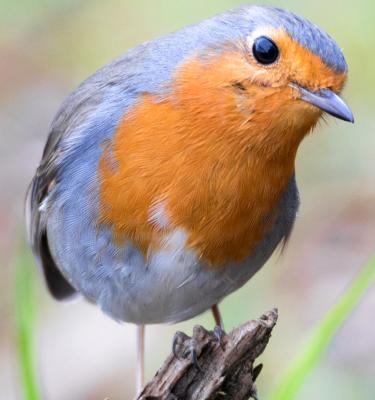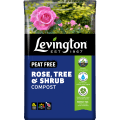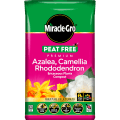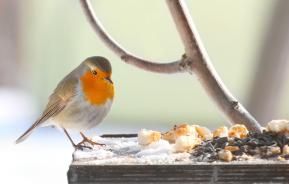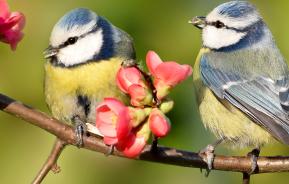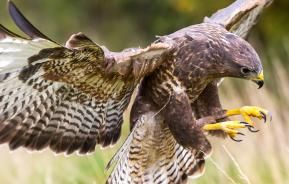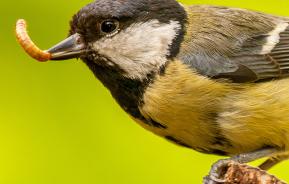There are few sights more likely to warm your heart than a robin hopping around the garden. With their plump redbreasts and joyful song, robins are a stalwart of the winter garden, bringing cheer to the frostiest of mornings.
If you’d like to encourage more robins into your garden this winter, there are some simple things you can do to make the habitat more inviting.
A robin's favourite foods
Robins like to snack on creepy-crawlies, as well as seeds and fruit. Two favoured foods of the robin are insects such as beetles and mealworms (beetle larva), and invertebrates such as earthworms. For this reason, a robin can be a great friend to the avid gardener – with a few of these feathered friends around you won’t have to worry about insects chomping through your plants.
What do robins eat?
Robins eat a varied diet but if you want to attract robins into your garden, try putting out some of the following foods:
- Fruit
- Seeds e.g. sunflower
- Suet
- Unsalted crushed or grated peanuts
- Raisins
- Mild grated cheese (in small amounts)
- Live or dried mealworms
One easy way to get hold of these foods is to buy a bird feed mix. When choosing, check the ingredients on the back to make sure it is suitable for robins.
What not to feed robins
Robins are small birds, which means they cannot consume anything too large. Avoid putting out seed mixes that contain dried peas, beans, rice, lentils, wheat or barley, as these are inappropriate for robins and can only be eaten by larger birds.
It’s also a bad idea to leave out the bread. Birds will eat it, but it does not contain the right nutrients that they require during the cold winter months.
Lastly, you should never leave out milk for birds as they are unable to digest it. Fermented dairy products such as mild cheese are fine in small amounts.
How to feed robins
Robins are ground feeders, which means the best way to entice them is to buy a bird table away from the risk of cats, preferably one that is covered and has plenty of place for robins to perch. Put out some fruit, seeds, suet, and live or dried mealworms (if you are using dried it is best to soak them in water first), and wait for the robins to arrive!
Fat balls or bars can be a great way to entice robins. Melt some suet or lard and mix it with fruit, nuts and seeds, then leave the hardened balls or bars on your feeder.
In addition, make sure you put out a dish of clean water – robins need to stay hydrated and clean.
How not to feed robins
Robins don’t tend to use hanging feeders, as they prefer to have somewhere to perch while they eat. Whether you’re using a table or a ground feeding tray, it’s vital that you don’t let the food get wet – soggy, mouldy food can be dangerous for birds, which is why a covered tray or table is ideal.
